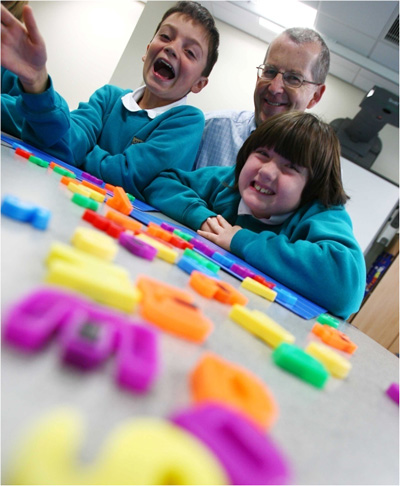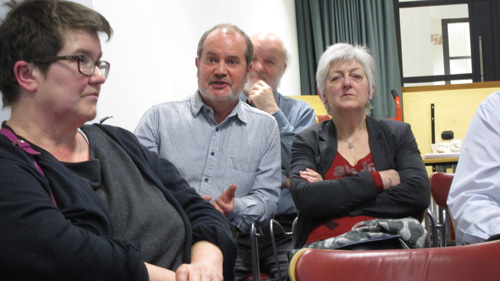Written by:
Once again the topic – Community Led Design: what is it and does it work? – was tackled in the latest Glass-House Debate, held on 21st February. The event was hosted by partners, Northern Architecture, at the Bond Centre in central Newcastle. Sophia de Sousa, Glass-House Chief Executive, introduced the theme and said how glad she was to return to Newcastle, where there is always such a lively response to Glass-House Debates.
As with all the Glass-House Debates, there were contrasting experiences from speakers of very different backgrounds. The first speaker was David Stewart, of the Allendale Community Housing (ACH), a community company, which is run as if it were a Community Land Trust. He spoke about the process of developing Allen Gardens – 1 family house and 2 apartments – for much needed social housing in Allendale, a small town of 3500 people in Northumberland.
Time, effort and the right skills were contributed at all levels from within the community, from the ACH Board to the developer to those working on all aspects of the project. It was possible to not only create housing with high environmental standards, meaning they cost very little to run for the tenants, but to employ local companies in the construction process too – thus ensuring that financial benefits circulated locally too.
The project was driven by clear evidence of need within the community, and allowed for lots of engagement and empowerment of the community, with open meetings throughout. There was too, a ‘mysterious ingredient’ – the passion and commitment, which helped the project complete in such a successful way.

Carinna Gebhard, of space_architecture, continued the evening with her account of two projects that she had been involved with designing. Both were educational buildings, though for and with very different communities. The first example was the Evenwood Surestart and Community Centre, in a small mining town in County Durham – with high unemployment, especially amongst the young male population, many of whom were also carers. Although Teesdale Surestart was the client, the whole community was recognised as having a stake in the centre and were involved in workshops, organised so that many people could have a say in the whole building, not just the Surestart part of it. Carinna reflected that, although young people became, on completion and opening of the Centre, very proud and protective of the new centre – a higher level of involvement throughout the process could have made for fewer broken windows during the construction phase.
Her second example was a Special Educational Needs school. There was real engagement with all staff, many of the pupils and their families and carers, the medical community and wider community, as well as the client – Knowesley Council. They listened and learnt from one another and continually reviewed and discussed the design. Collectively, the children, the wider stakeholders, client and designers, were able to come up with a beautiful and successful building designed very specifically for the range of needs of the user group – the children themselves.
Last but not least, Nigel Brewer, of Places for people, talked about the engagement with existing and new communities. As one of the largest property management, development and regeneration companies in the UK – with assets in excess of over £3 billion, Places for People (PfP) still believe that every place requires a unique approach to design, and needs more than just houses to thrive – it needs schools, jobs and training opportunities, shops and leisure facilities too. For each development project they engage with both existing and future stakeholders in neighbourhood and project planning and design. Mixing aspirations with realism, Nigel felt the process is creative and engaging. But PfP also pride themselves in providing local employment opportunities as a result of the developments The immense social benefits of community led design, he felt, were greater ownership and respect, which in itself leads to safer communities; the raising of aspirations amongst local people and an enhanced environment for all.
Sadly, our last scheduled speaker Phil Jones from Redcar and Cleveland Borough Council was unable to attend due to poor health, but he contributed his reflections on developing a neighbourhood plan as one of the pilot Front Runners. He felt that whilst it will continue to be challenging, he felt that they had made some good progress and that in genuine partnership and collaborative effort, plans and aspirations could be achieved.

The debate that followed was passionate and heated at times. The audience was unusually ‘professional’ – usually there are many more community members in attendance. We debated the difference of scale that had been highlighted by the speakers and the impact that this had on community involvement; the different types of ‘communities’ that might be involved as users and clients, and indeed the differing nature of involvement and ownership. Once more, the breadth and importance of community involvement in the design process was eloquently emphasised by our speakers and audience.
